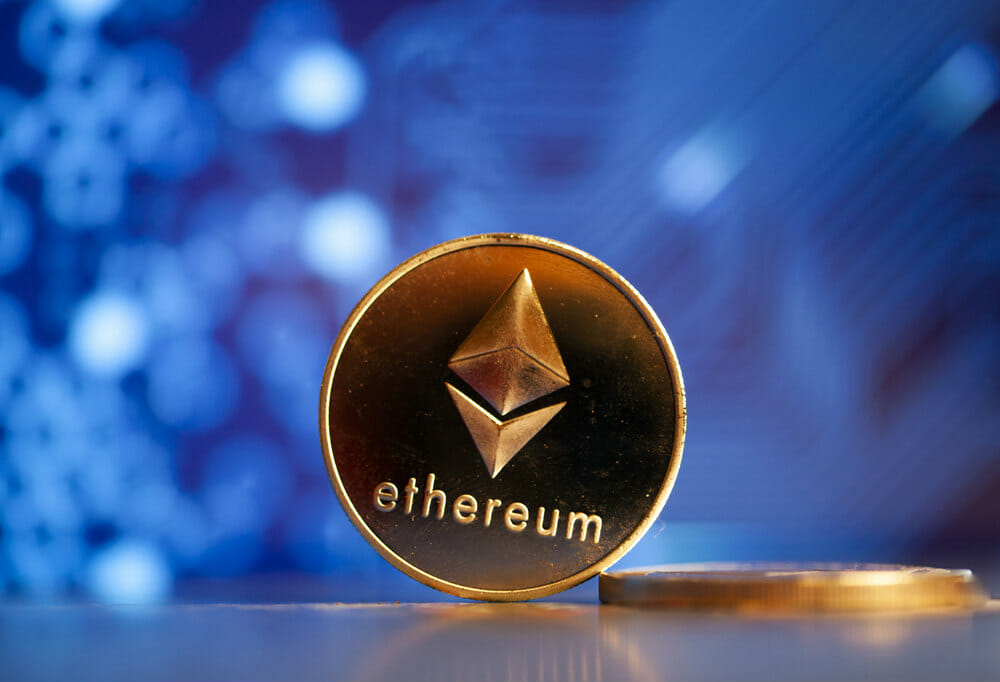Average transaction fees on Ethereum stand between USD 40 and USD 50 after rising to USD 63 a few weeks ago. Second-layer solutions allow delegating the processing of the primary blockchain before establishing the final balances on the primary base-layer network.
The Total Value Locked (TVL) on Ethereum’s second-layer networks recently reached a new all-time high. The fees for the transactions of the primary layer keep increasing steadily, driving further adoption.
The second layer of the Ethereum network offers much higher returns on transactions and lower rates. That tier has grown considerably in November when there are the highest fees in the history of the mainnet.
Arbitrum, one of the most widely used rollups, contains the largest share of Ethereum’s second-layer market. It amounts to USD 2.67 billion, which is about 43.55% of the total US dollars locked.
On the ground, a rollup gathers various transactions of the Ethereum network in a single operation. In other words, it is possible to group the highest number of transactions within the same block. A considerable decrease in the fee costs allows increasing the rate of transactions per second (TPS) of the network.
Besides, average transaction fees on the Ethereum network currently stand between USD 40 and USD 50, according to Bitinfocharts. A few weeks ago, the rates reached the second-highest level in history, rising to USD 63. The average rates on the mainnet have increased by 2,180% since last year.
The Second Layer of Ethereum Could Solve Poor Scalability
The objective of the second layer of the Ethereum network is to solve the issue of poor scalability of the mainnet. That allows optimizing the transactions on the blockchain, thus reducing its congestion.
The implementation of second-layer solutions began due to the significant increase in transaction fees in the base layer of Ethereum. Those solutions delegate the processing of the primary blockchain to its secondary blockchain before establishing the final balances on the primary base-layer network.
Second-layer solutions like Arbitrum provide an inexpensive scalability alternative for decentralized exchanges and apps to use the Ethereum network at low rates. The costs of transactions are still rising, which has caused the second-layer ecosystem for this blockchain to gain popularity rapidly.
The Reasons Why There Are Higher Fees on the Ethereum Network
Analysts consider that various factors currently influence the congestion of the Ethereum network. They include the boom in projects based on non-fungible tokens (NFTs) like CryptoPunks and Play to Earn games.
The number of business transactions seems to be the most likely element to influence the price of transaction fees. Experts believe that the spike in network activity and costs is partly due to the latest craze for memecoins like Shiba Inu.
If users scheduled non-urgent transactions according to the hours when there is less traffic on the network, their savings could be significant. They could also use existing solutions to automate tasks without coding any action, leading to lower fees.
Ether is currently trading at around USD 4,291 and has accumulated 3.4% in the last 24 hours. Its daily trading volume is nearly USD 22 billion, and its market capitalization is about USD 508 billion, according to CoinGecko.
By Alexander Salazar











